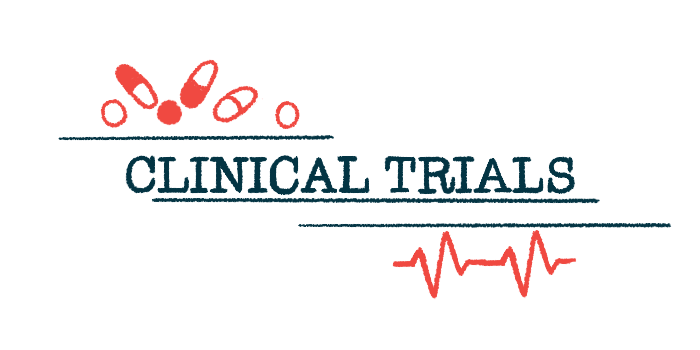Better measures of disease severity needed in lupus, study says
Experts urge change in ways of assessing clinical trial outcomes
Written by |

New measures are needed to assess disease severity in lupus in clinical trials, a study highlights.
One important goal in developing such measures is to include patient-reported outcomes — which, according to the study authors, are now not used in most clinical trials assessing the effectiveness of new treatments.
“Consensus across the lupus community to simplify and standardize clinical trial outcome measures would provide a more promising avenue for evaluating the success of interventions for various lupus subtypes across age groups,” Karen H. Costenbader, MD, director of the lupus program at Brigham and Women’s Hospital, in Boston, and co-author of the study, said in a press release.
The study, “Meeting report: the ALPHA project: a stakeholder meeting on lupus clinical trial outcome measures and the patient perspective,” was published in the journal Lupus Science & Medicine.
Study notes need for simple, standard measures of disease severity in trials
While there have been notable advances in lupus treatment in the last decade, therapy development for the disease has generally lagged behind that of other autoimmune disorders. Part of the reason is that lupus is extremely heterogenous, or varied — the disease can affect many different organ systems in the body, leading to a wide range of symptoms.
This variability means it can be difficult to design useful measures of disease severity, but such measures are crucial for clinical trials. In other words, if disease severity can’t be accurately measured, it’s impossible to tell if a therapy is making the condition less severe.
“The heterogeneity of lupus and its varied organ system manifestations make it challenging to adequately capture disease activity in all,” Costenbader said, adding, “Validation of newly developed clinical trial outcome measure tools is difficult for this very reason.”
To work toward the development of better tools to measure disease severity in lupus, the Lupus Foundation of America (LFA) convened a group of stakeholders from the disease community for a meeting in August 2022. Attendees included researchers, clinicians, people living with lupus, and drug development policy consultants from around the world.
The meeting was part of the Addressing Lupus Pillars for Health Advancement (ALPHA) project, a broad effort the LFA launched a few years ago that is working to tackle the critical barriers lupus patients face.
“This stakeholder meeting led by the ALPHA Project’s [Global Advisory Committee] was a necessary first step in understanding new approaches to capturing disease activity in clinical trials and strategizing on next steps for effectively approaching regulatory bodies, including the U.S. Food and Drug Administration (FDA), to make the case for approval of more powerful tools that will help the future of lupus drug development,” Costenbader said.
During the meeting, the group discussed challenges in the development of new lupus therapies, including disease variability, as well as challenges in the review process. For example, because lupus can cause such a wide range of symptoms, assessment of new therapies often involves multiple different review divisions within the FDA.
This stakeholder meeting … was a necessary first step in understanding new approaches to capturing disease activity in clinical trials and strategizing on next steps.
There also were presentations covering numerous available tools that may be used to assess lupus severity, highlighting strengths and limitations of different methods, as well as obstacles in applying them in clinical studies. Participants generally were not in favor of trying to combine these different tools, instead agreeing it would likely be more helpful for researchers to be developing a variety of measures.
The group emphasized a need to make well-validated assessment tools that incorporate the patient’s perspective — a priority for the lupus research community. Another notable goal was to share data in efforts to advance research.
“Overall, participants were eager to share information and collaborate to continue to develop measures that will lead to better treatments for lupus patients,” the report stated.






